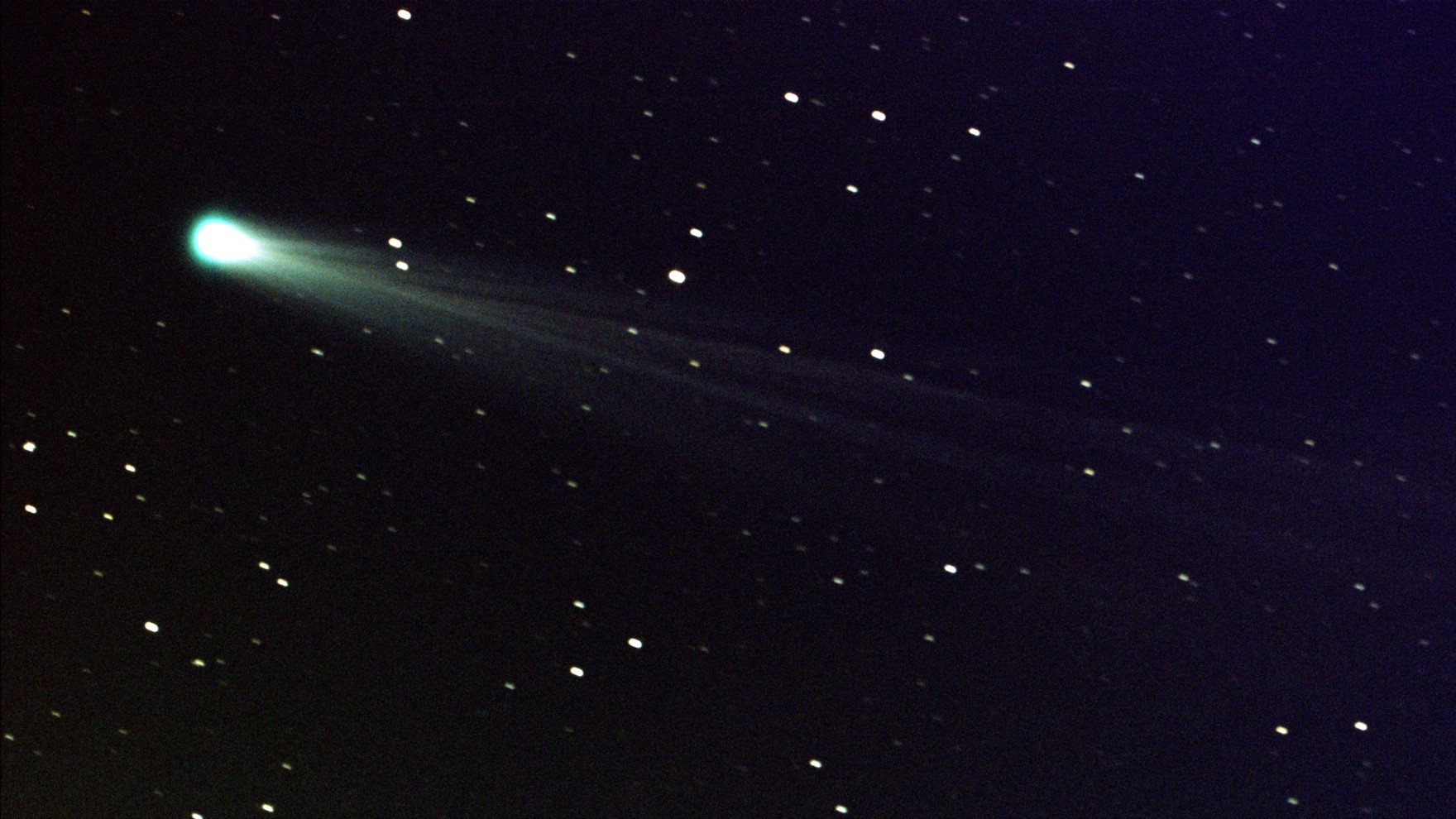
A dead whale that recently washed up on a beach in Staten Island, New York, showed signs of human-caused injuries that may have contributed to its death, experts found.
On Sept. 17, the male humpback whale (Megaptera novaeangliae) was spotted floating belly-up in shallow water near the shore in Great Kills Park, part of Staten Island’s Gateway National Recreation Area. Officials with the National Park Service (NPS) then contacted the Atlantic Marine Conservation Society (AMSEAS), a nonprofit that partners with New York agencies to rescue stranded marine life and to collect data and manage disposal when the animal is deceased, according to the AMSEAS website.
Their examination of the corpse revealed evidence of recent and serious injuries, AMSEAS representatives posted to Facebook on Sept. 18. Healing wounds around the humpback’s head and mouth resembled injuries caused by entanglement with fishing equipment, and lodged in the whale’s intestines was a large chunk of metal, which had damaged the animal’s digestive tract, according to the post.
Related: In photos: tracking humpback whales
Once the organization’s scientists arrived at the scene, they conducted a necropsy and collected samples for lab analysis, said AMSEAS founder and chief scientist Robert DiGiovanni.
This whale was found floating on its back with its blowhole under the water’s surface, “which is usually a good indication that the animal has been dead for some time,” DiGiovanni told Live Science. It measured about 38 feet (11.6 meters) long, and with an estimated weight of about 30 tons (27 metric tons) it had to be moved — and eventually buried — with an excavator. Workers used the heavy construction equipment to dig a deep grave on the beach near the whale during the necropsy, DiGiovanni said.
When the AMSEAS team performed their examination on Sept. 18, they noted that aside from its injuries the whale appeared healthy and well-fed, with a thick layer of blubber and a full stomach. Samples from the necropsy went to a pathologist for evaluation, and the whale was buried on-site, AMSEAS representatives wrote on Facebook.
“The cause of death remains undetermined until samples collected during the exam can be analyzed,” they said on Facebook. “We will know more after we receive lab results.” This process usually takes a month or longer, DiGiovanni explained.

Because whales have thick, insulating layers of blubber under their skin, gases from decomposition can be slow to escape from their giant corpses. However, off-gassing does occur from natural openings in the body such as the mouth and anus, and if left alone the whale will eventually deflate like a leaky balloon, DiGiovanni said. Anecdotes of beached whales exploding can usually be traced to humans deliberately blowing up the remains, such as the incident in Oregon in 1970 in which local officials dynamited a dead and decaying sperm whale, Live Science previously reported.
But sometimes whale explosions can be triggered by human manipulation of a dramatically bloated corpse. In 2016, a biologist’s probe released a “huge blast of air” from a dead sperm whale that had beached in Skegness, a seaside town in England, the BBC reported. And in 2004, a 56-foot-long (17-m) sperm whale exploded on a city street in Tainan, Taiwan; it had been loaded onto a truck and was on its way to a lab for a necroscopy, according to NBC News.
Between 2017 and 2020, AMSEAS has responded to about 12 to 14 whale strandings per year. That adds up to about one whale stranding every 27 days on average, though “in some cases we had four whale strandings in a 30-day period,” DiGiovanni said. However, there have also been more sightings of healthy whales reported in recent years than there were prior to 2017, “and that’s one of the things that we’ve always been trying to understand — how stranding relates to wild populations,” he said.
If you spot a stranded marine animal on a New York beach, you can report it to AMSEAS via email or a phone hotline, according to the organization’s website.
Originally published on Live Science.

Mindy Weisberger is a Live Science senior writer covering a general beat that includes climate change, paleontology, weird animal behavior, and space. Mindy holds an M.F.A. in Film from Columbia University; prior to Live Science she produced, wrote and directed media for the American Museum of Natural History in New York City. Her videos about dinosaurs, astrophysics, biodiversity and evolution appear in museums and science centers worldwide, earning awards such as the CINE Golden Eagle and the Communicator Award of Excellence. Her writing has also appeared in Scientific American, The Washington Post and How It Works Magazine.
Note: This article have been indexed to our site. We do not claim ownership or copyright of any of the content above. To see the article at original source Click Here













